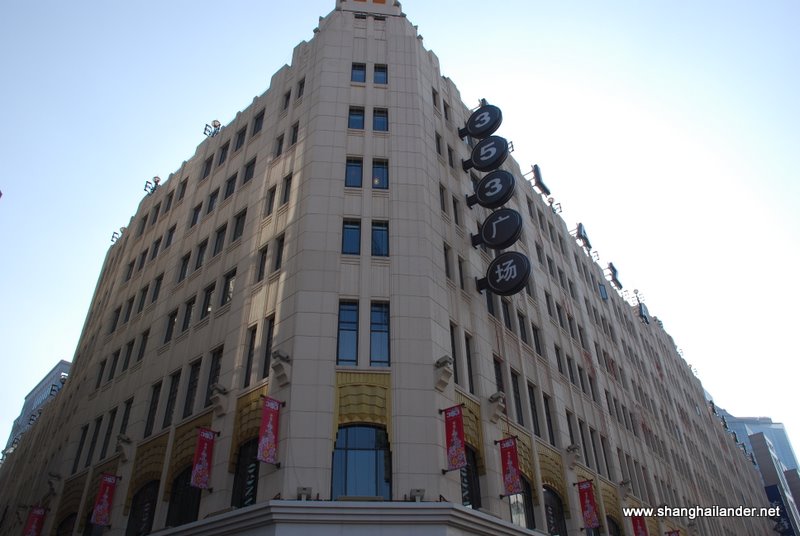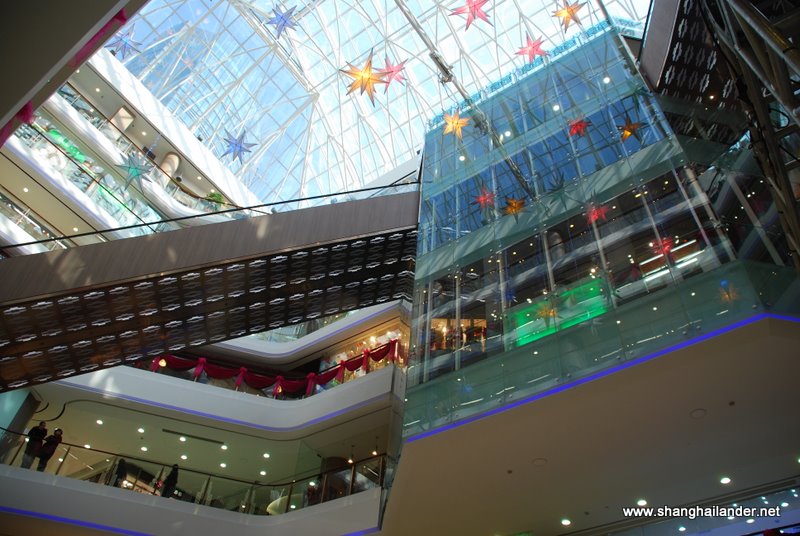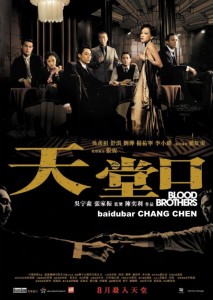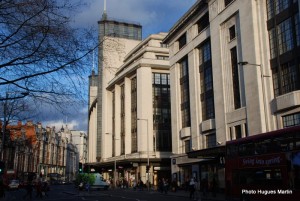
Old Shanghai was often called “Paris of the orient” or “Paris of the East”. I have read or heard the later used for several cities inspired by the French capital including Budapest (with its Andrassy ut looking like Champs Elysees), Bucharest (because of boulevards and buildings French inspired), Saigon and Hanoi (with obvious French architecture) along with Shanghai. Wellknown characteristics of old Shanghai people, in particular their high interest in fashion, dresses as well and cafes and restaurants have been well documented and clearly have links with Paris lifestyle in the same period. It is still true of today’s Shanghai as the particular city’s culture re-emerge after so many years.
Some houses in the old French Concession are the very same style as some of the Paris suburbs build in the 1920’s. That is very understandable since they were build by French architects. Parts of Huaihai lu used to look like a Paris boulevard, although most of it has been destroyed since. The French Concession’s atmosphere with its streets lined with trees, shops and cafes maybe had a similar atmosphere to Paris but in terms of architecture most of Old Shanghai looks much closer to London.
I already wrote about the Court of Westminster on Maryleborne Road (Click here to read post “London recalling”) that definitely looks like building’s on the Shanghai Bund. In my last trip to London, I stayed in a different part of the city, next to High Street Kensington. The mix of building in this area and in particular above High Street Kensington’s tube station is for me very similar to the streets of Shanghai just behind the Bund, in particular JiangXi Lu. It obviously starts with Queen Anne style building’s that were fashionable in the late XIXth Century and the early 1900 years. There are many of those in the Kensington area, and there were many in Shanghai as well. They were mostly the work of Atkinson & Dallas, a British architecture firm very active in the early year of Shanghai construction boom.
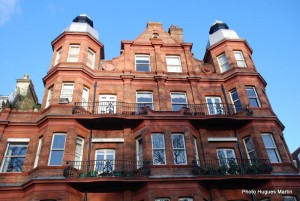
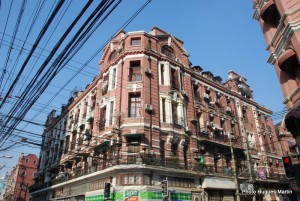
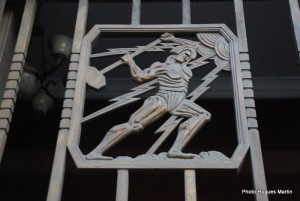
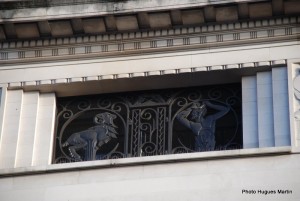
Similarities do not stop there, as both cities added Art Deco buildings in the late 1920’s and 1930’s. The inspiration was clearly the same, as the decorations on the buildings are strikingly similar. The same iron works in the windows and doors were used. Symbols used also had similar mythical inspiration.What is probably unique of Shanghai and this area of London is the mix of both in the same area and a similar spatial arrangement. In architecture, many Shanghai buildings are a reminder of the London ones… or maybe I love Shanghai so much that I see it everywhere.
